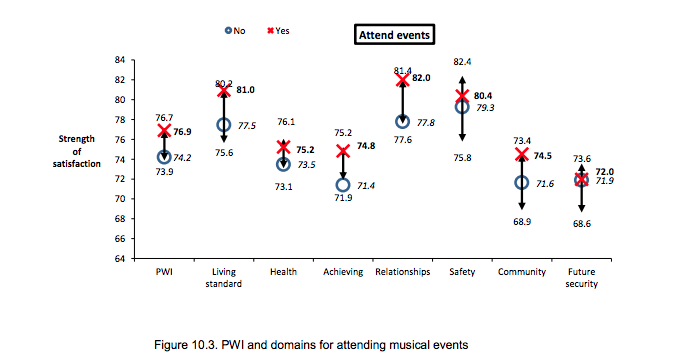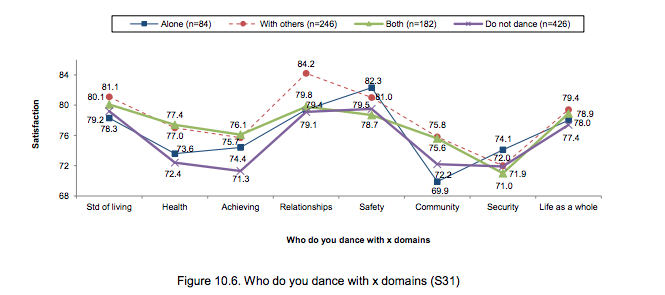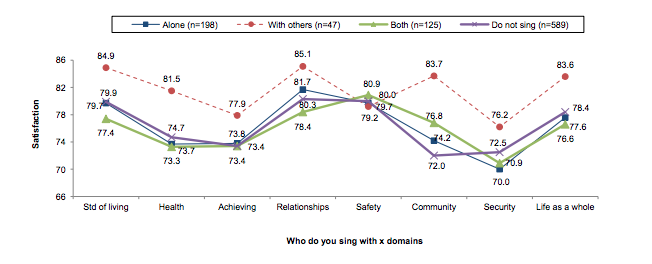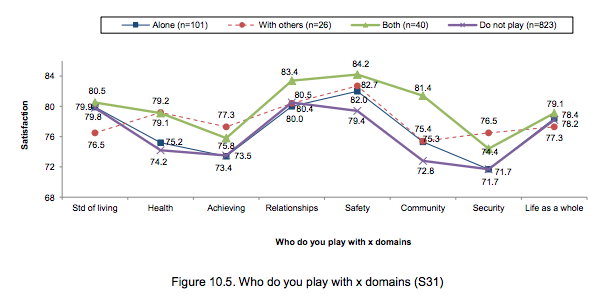The Australian Unity Wellbeing Index has revealed some very positive results for those of us who love music.
The survey, which monitors how satisfied Australians feel about their own life and life in Australia, has been conducted 34 times since 2001. While each survey has its own unique focus, a set of core questions are kept consistent from one survey to the next to monitor the Personal Wellbeing Index (PWI) and National Wellbeing Index (NWI).
The most recent survey #34 focused on financial wellbeing, asking respondents to reflect on their past, present and future financial circumstances. Not surprisingly, people who described their current financial situation favourably reported higher average personal wellbeing levels, while those who described their financial situation as ‘very bad’ had the lowest personal wellbeing levels. People who described their current financial situation as worse now than in the past, or who expected it to get worse in the future, had significantly lower personal wellbeing than other groups.
Survey #31 examined the relationship between habitual music engagement and wellbeing in Australia. Given engagement with music is so common in daily life, the survey focused on the ways that ordinary Australians engage with music and how this impacts wellbeing.
The results revealed that personal wellbeing scores were significantly higher for people who danced and attended musical events compared to those who did not engage with music in those forms.

54% of participants reported that they danced to music, and this group had significantly higher scores related to satisfaction with health, achieving in life, relationships and community than those who did not dance (as shown in figure 10.2 below).

Participants who reported that they attended musical concerts, theatre, or exhibitions had significantly higher scores related to the standard of living, relationships and community than those who did not attend musical events.

Those who danced alone reported similar scores to those who did not dance, suggesting that the benefits of dancing for wellbeing are limited to those who dance in the company of other people.

People who sing with others also have higher scores across almost all dimensions. Time to hit the karaoke bar?

Interestingly, this was not the case for people who played an instrument. In general, their wellbeing was not significantly better than those who didn’t play an instrument at all, regardless of whether they played alone, with others, or both. The exception is that those who played both alone and with others reported higher satisfaction with the community than those who did not play.

It’s clear that there’s a strong connection between music engagement and wellbeing, and the best way to reap the benefits is to get out there and sing, dance or go to a gig with others. Let’s do it!







